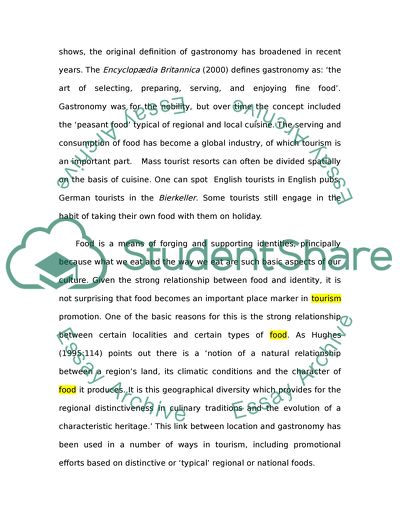Cite this document
(“The Management and Operation of Food Services Essay”, n.d.)
The Management and Operation of Food Services Essay. Retrieved from https://studentshare.org/miscellaneous/1520968-the-management-and-operation-of-food-services
The Management and Operation of Food Services Essay. Retrieved from https://studentshare.org/miscellaneous/1520968-the-management-and-operation-of-food-services
(The Management and Operation of Food Services Essay)
The Management and Operation of Food Services Essay. https://studentshare.org/miscellaneous/1520968-the-management-and-operation-of-food-services.
The Management and Operation of Food Services Essay. https://studentshare.org/miscellaneous/1520968-the-management-and-operation-of-food-services.
“The Management and Operation of Food Services Essay”, n.d. https://studentshare.org/miscellaneous/1520968-the-management-and-operation-of-food-services.


